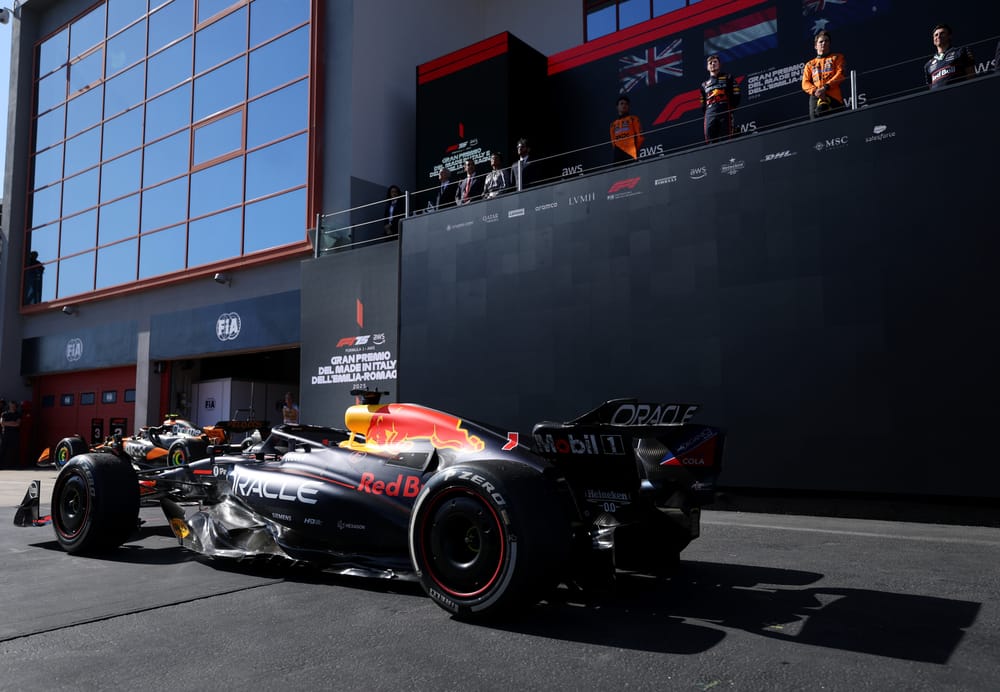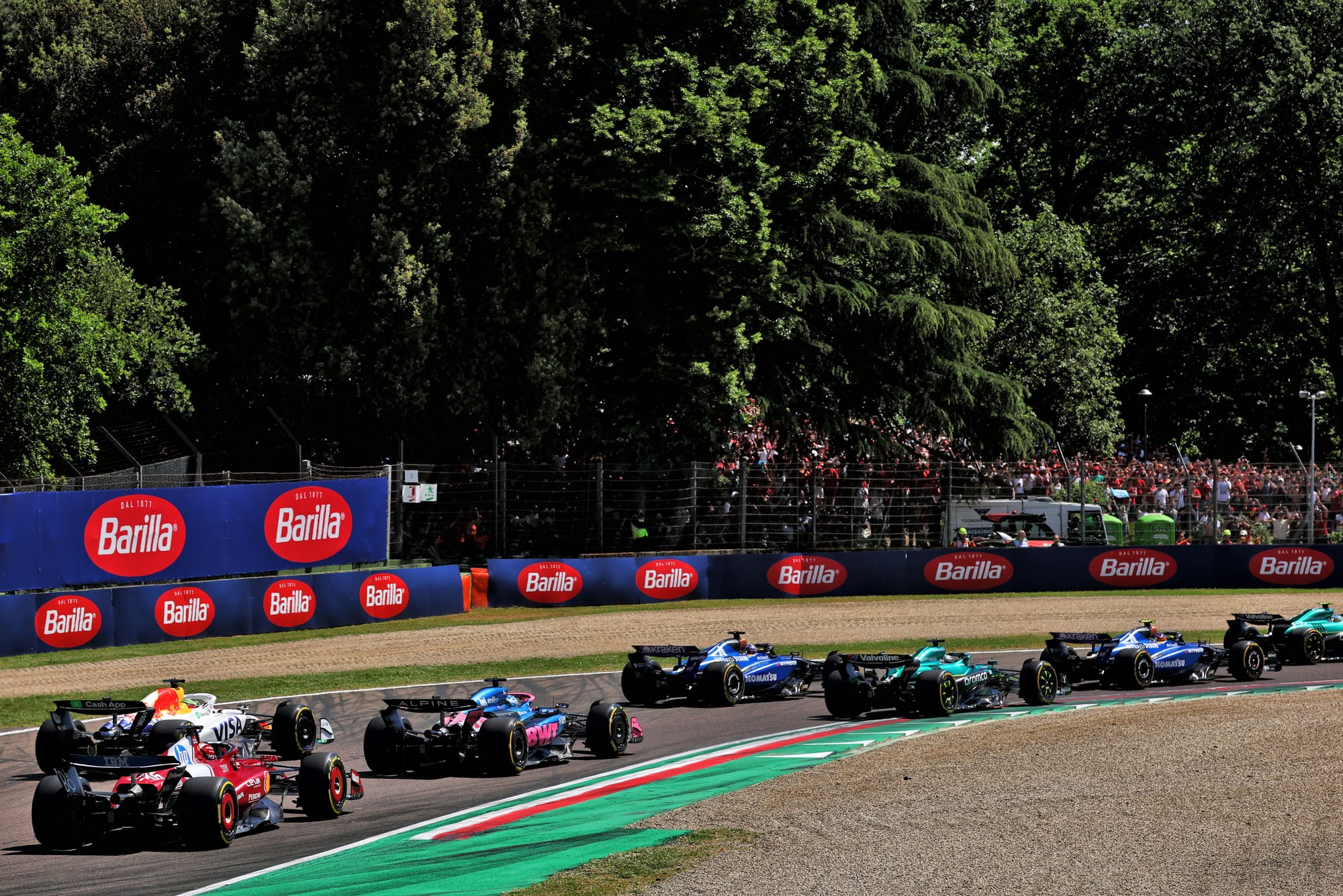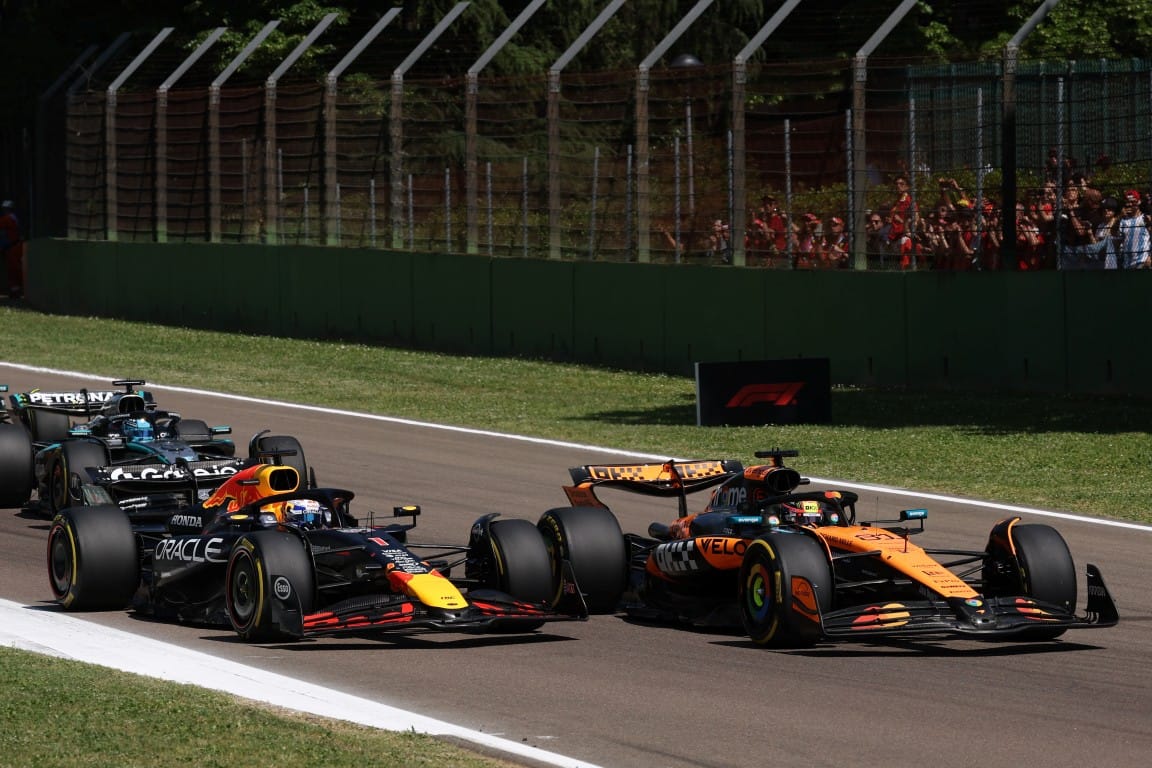Was this another of those Red Bull Formula 1 wins whipped away from under McLaren's nose by a virtuoso Max Verstappen? Or has there genuinely been a competitive breakthrough with the tricky RB21?
That's a simple question but the answer contains some complexity.
Imola aero map and tyre deg
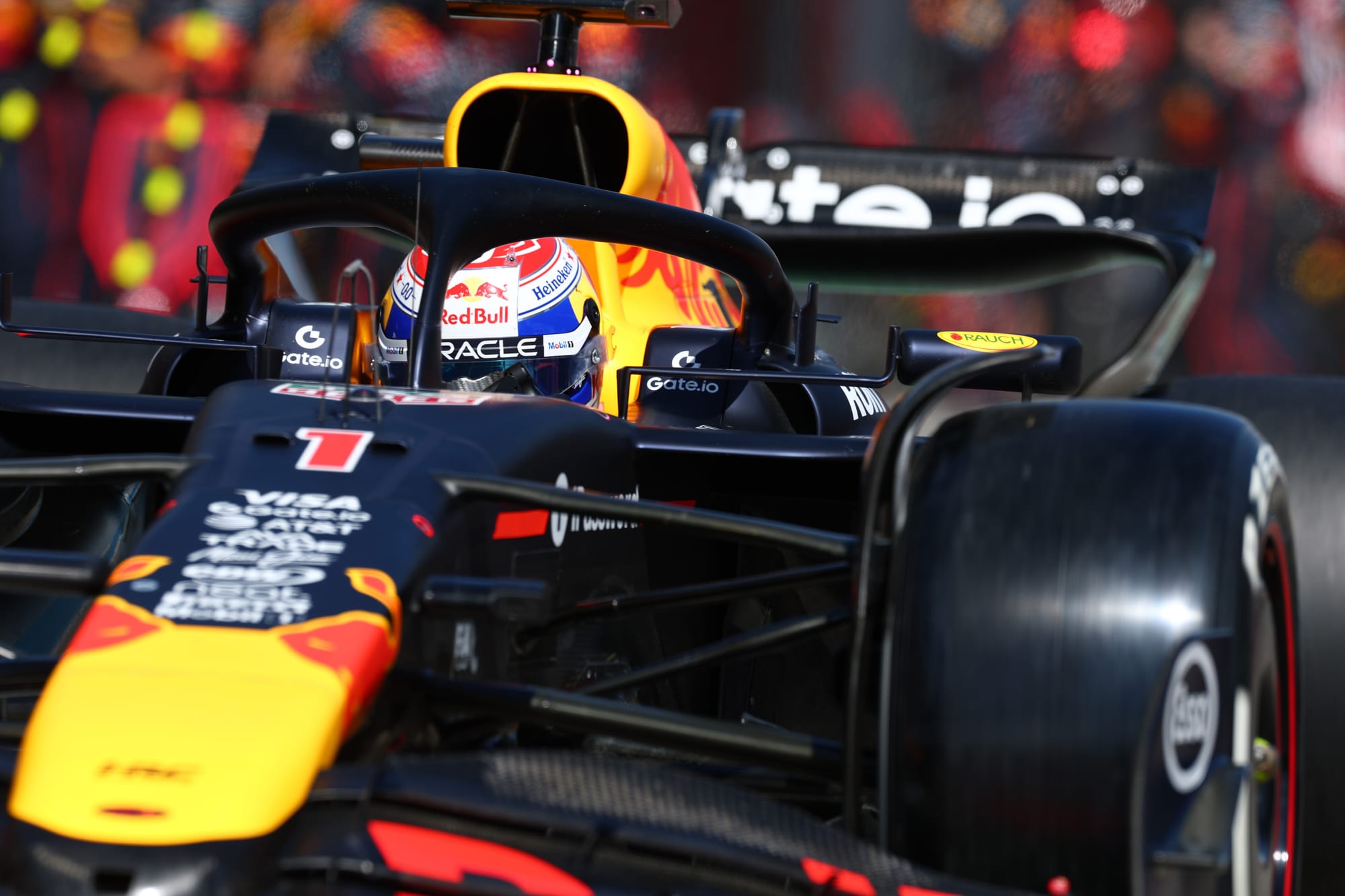
Red Bull was genuinely slightly faster here than McLaren on race pace. Red Bull's Christian Horner and McLaren's Andrea Stella agreed on that.
Horner: "We had the pace for anything they could throw at us."
Stella: "If you look at the aero maps of Miami and here, they are in a completely different place. We're good at Bahrain, China, Miami. But in the high-speed part of the aero map we have no particular advantage over them. Further, Red Bull looks like they have improved their car..."
That high-speed downforce gives a compounding advantage. In limiting the sliding, the tyre's surface temperature is better controlled. Hence the tiny difference between the two cars in qualifying and the much more significant Red Bull advantage in the race.
When a track's layout is all about traction zones and lower-speed corners, the defining tyre temperature mechanism is totally different. Then it's about controlling the rear tyre's bulk temperature - the inner core of the tyre. In that demand the McLaren is supreme and were we to go back to Miami there's little doubt it would be just as dominant as two weeks ago.
But Imola isn't about that. Imola with a very soft range of compounds - one step softer than last year, two steps softer than two years ago - was especially not about that. It was about keeping the surface temperatures nicely cool.
Once Oscar Piastri had got himself too preoccupied with preventing George Russell surging down his inside into the Tamburello chicane, thereby leaving a gap on the outside which Verstappen instantly filled with total commitment, the race was lost to McLaren. Its only chance of winning would have been on track position and defending against the faster car - the way Verstappen did in Suzuka.
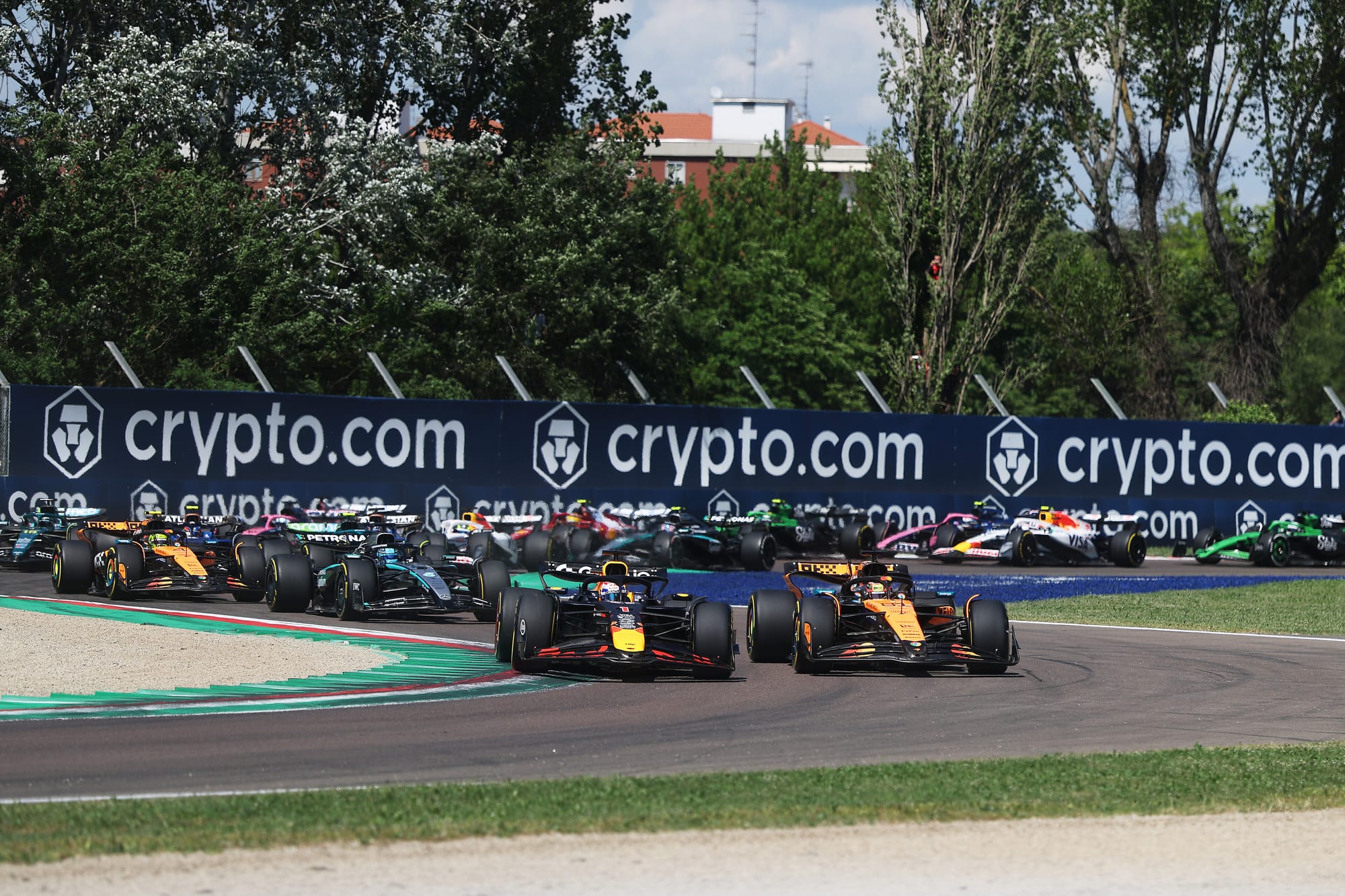
"After Turn 1 we tried to chase him but effectively we didn't have enough race pace to be able to beat Max taking the lead after lap one," explained Stella.
"We attempted to unlock various scenarios to try and beat him but at no stage did we have enough race pace...here to overtake you need seven-eight tenths of a second. So I think it's what it is; the main factor remains the swap of position and the outcome of lap one."
That's the first time that's happened this year. Red Bull won Suzuka on track position. It won Imola on performance. Imola is configured favourably for the Red Bull, but so was Suzuka and Jeddah. Here it had something more - and it came from the upgrade.
Red Bull's upgrade
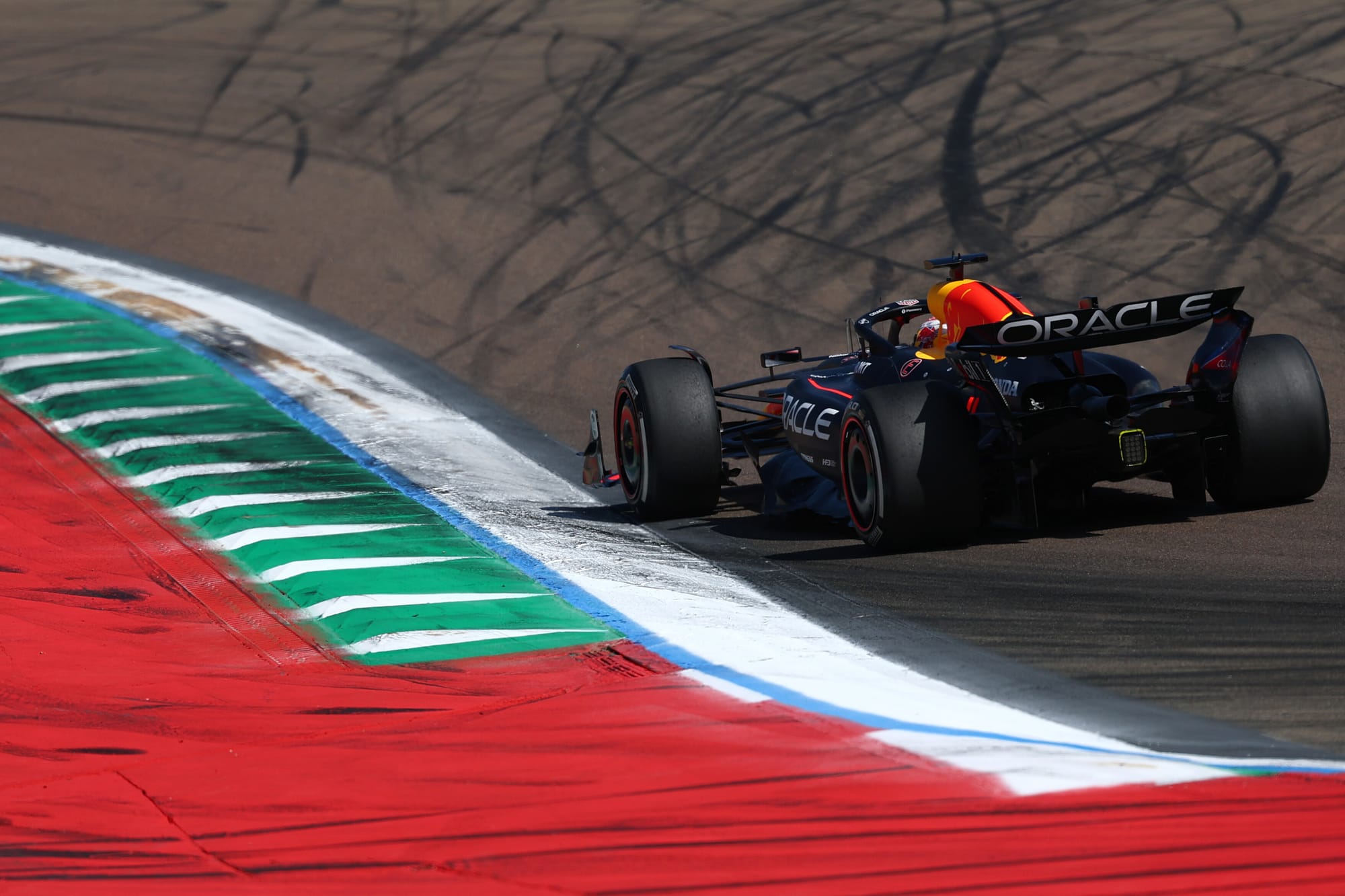
We know the Red Bull is fast through fast corners, faster than the McLaren, and takes care of the tyre surfaces on such tracks as this. It's also got a better DRS performance. In addition to that, Red Bull brought a further upgrade - sidepod/engine cover with a change of inlet shape and minor reshaping of the rear brake ducts - which gave a greater range of set-up options.
"Yes, the changes were about balance rather than load," confirmed Horner.
Technical chief Pierre Wache explained further: "The new parts gave a bigger option for improving the set-up and Max was able to use the car more because of it."
That still entailed the usual Red Bull rethink on set-up from Friday to Saturday. During the Friday long runs the car was around 0.7s adrift of McLaren. It was transformed into FP3 on Saturday morning, with Verstappen more positive about the car than he has been all season.
"The new package gives more opportunity to improve the set-up," said Wache. "More for the race than quali, it's so difficult with set-ups of these cars: 1mm here, 2mm there and you get the tyres working or not, with no suspension effectively. And the engine mode has a big effect."
The strategy
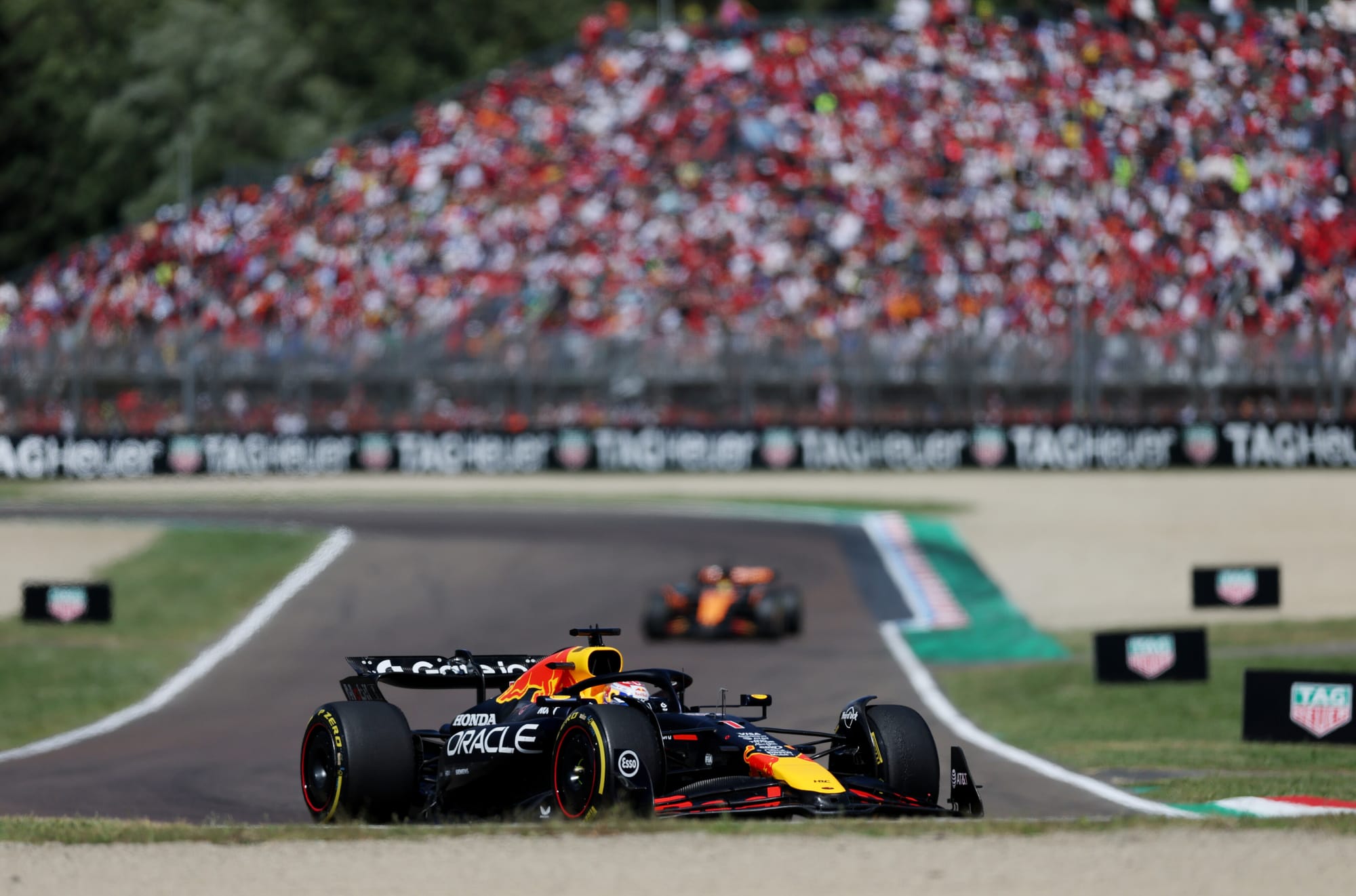
The tyre behaviour and the Red Bull's small performance edge had a strategy implication which only added to Red Bull's advantage.
As Piastri in the Red Bull's dirty air overused his tyres trying to keep up, it tipped him towards a two-stop strategy very early. He was in to swap his mediums with the exhausted front-right for a set of hards after just 13 laps. Which brought horrendous traffic delay implications.
Lando Norris, who'd under-qualified and spent the first 10 laps trying to find his way past Russell, inherited second as Piastri pitted but was by that point around 10s adrift of the flying Verstappen.
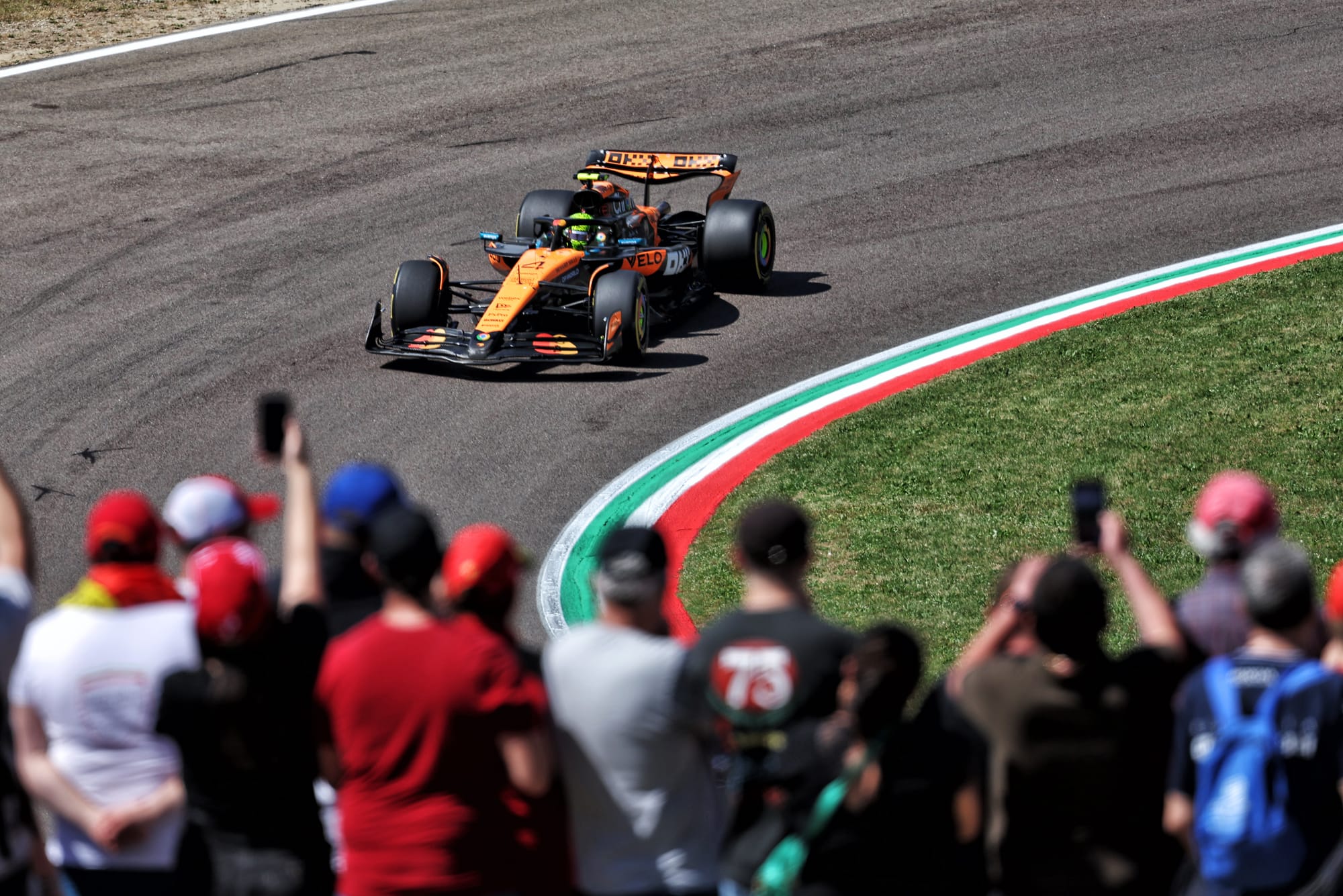
Verstappen stayed out uninterrupted in clear air until lap 29 when a virtual safety car for Esteban Ocon's stationary Haas gave him a cheap stop, exaggerating his advantage over the McLarens.
Unlike Piastri, Norris was finding his tyres were fine. But every time he attempted to close that gap, Verstappen was comfortably able to respond. Norris pitted on lap 28, easily late enough to remain on a one-stop, just like Verstappen, but a lap too early to benefit from the VSC.
Piastri was briefly the lead McLaren again but, wedded now to the two-stop, needed to come in for his second set of hards on lap 30 and so fell back behind not only Norris but also the well-driven Williams of Alex Albon. Although Piastri succeeded in catching and passing Albon, he was 14s behind Norris by the time he did so and Lando in turn trailed Verstappen by 18s after 43 laps, an average Verstappen advantage of over 0.4s per lap as they each just drove to the surface temperatures of their right-front tyres.
That’s how it was all going to be. Albon in fourth was being caught by the Ferrari pair (the hard tyre-starting Lewis Hamilton ahead of the earlier-stopping early-stopping, traffic-delayed Charles Leclerc) who had around 20 laps to find a way by.
Behind them were Isack Hadjar's Racing Bull and Kimi Antonelli having a very low-key weekend in his Mercedes. It went even lower-key on lap 45 as the throttle stopped working.
This brought out a very long safety car - and thereby created a bit of a strategic reset as some dived into the pits for fresh hard tyres just because they could (Verstappen, Norris, Albon, Hamilton) and others stayed out because they had no more suitable tyres left (Piastri, the one-stopping Leclerc, Russell). Russell - who’d overworked his mediums in the first stint, switched to a two-stop and lost a load of time in traffic - gained a place as his team mate pulled off.
Norris's unplanned second stop had put him back behind Piastri and although he suggested over the radio it might be a good idea for McLaren to move the older-tyred Piastri aside, he received no joy. He'd have to find his own way by.
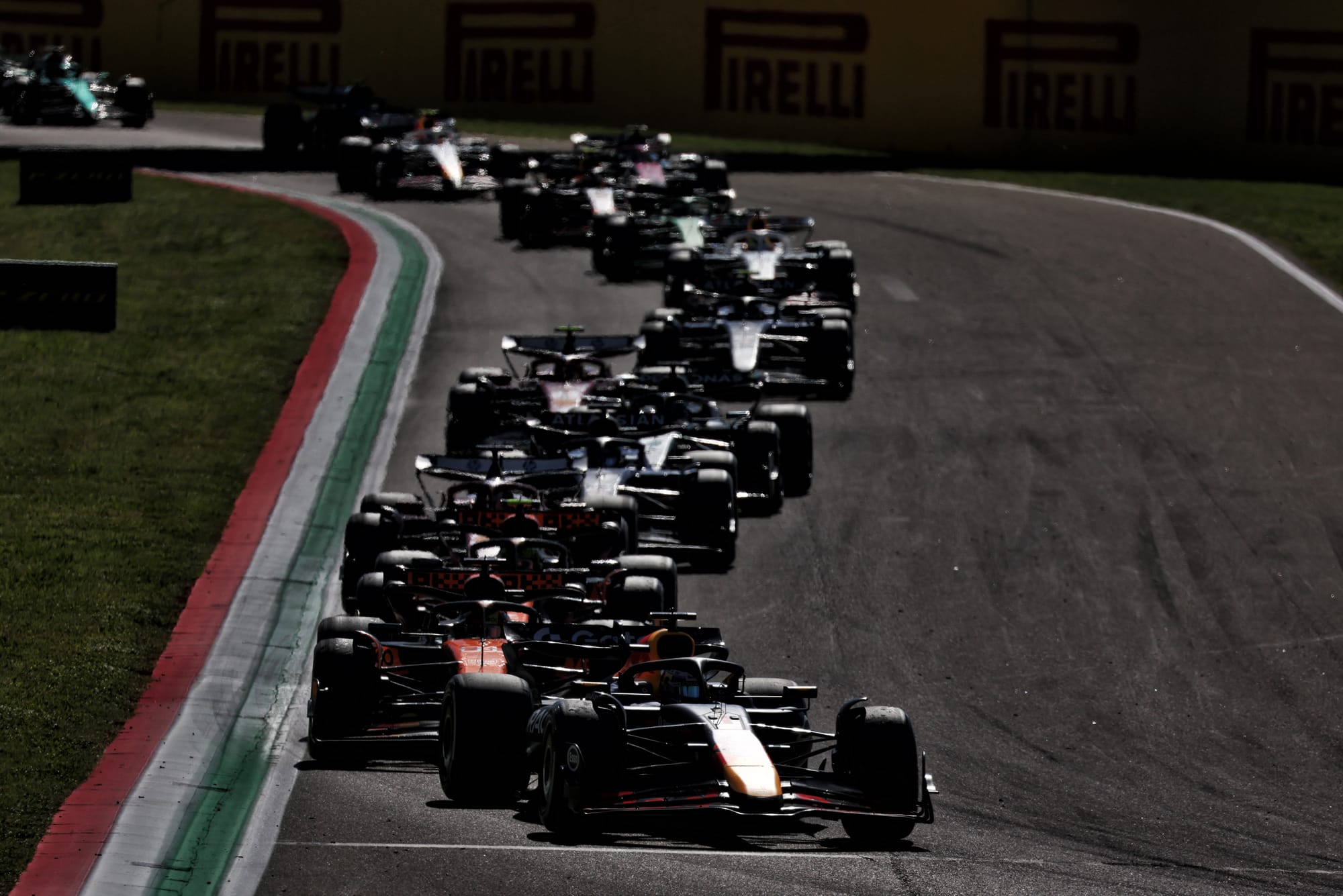
That left Verstappen on the restart on his fresh tyres able to scorch away from Piastri, whose tyres were 16 laps older. Norris had to get pretty committed around the outside of Tamburello to retake second.
Similarly Albon’s stop had put him behind the non-stopping Leclerc but on tyres 36 laps newer he was all over him and went for the same Tamburello move, only for Leclerc - his front axle about level - to push the Williams out over the gravel trap.
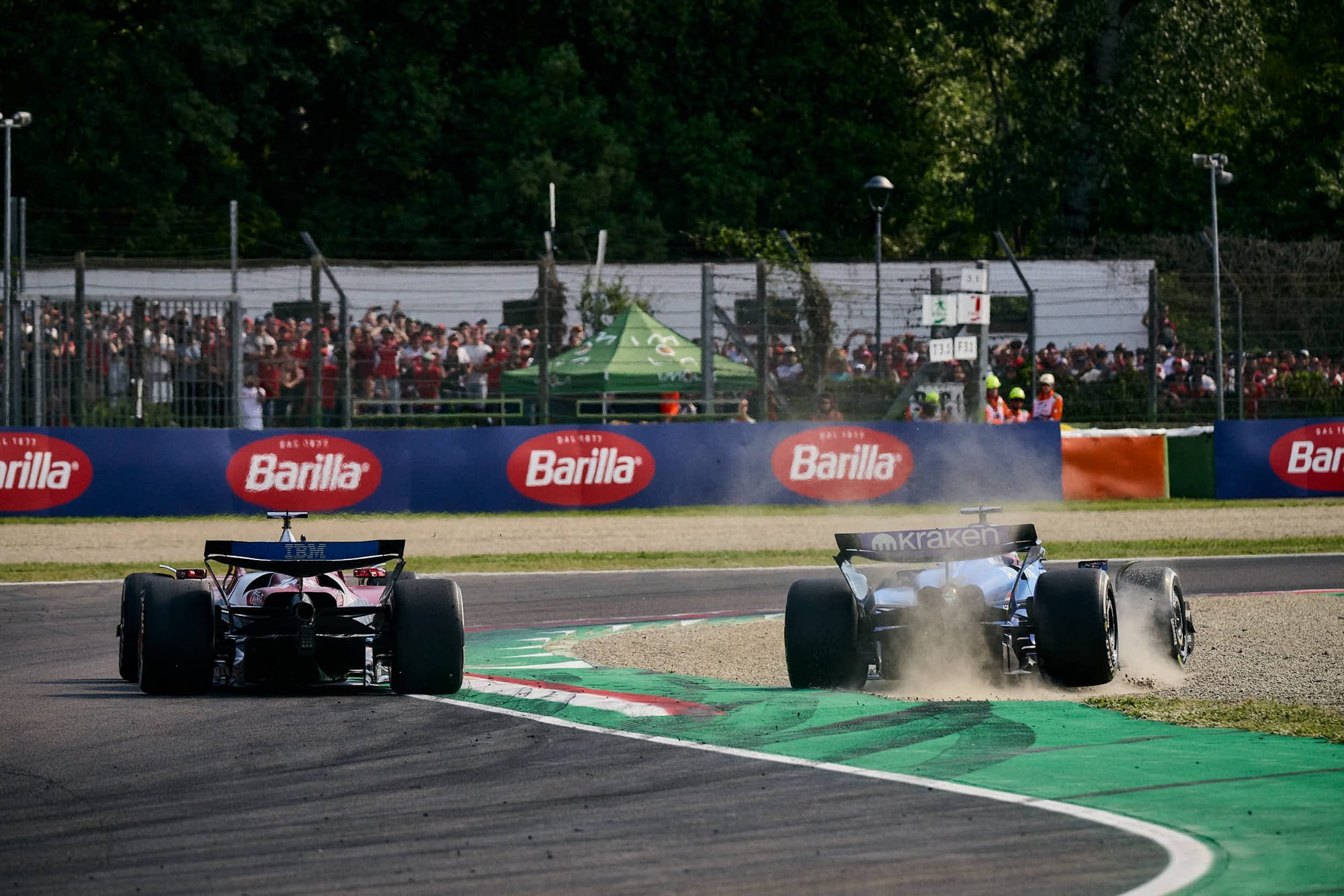
This allowed Hamilton to pass the Williams, putting him in position to DRS his way past the ancient-tyred Leclerc a lap later, with Charles then being instructed to surrender a further place to Albon to safeguard against a penalty. Which didn't please him much.
Race winner for a second time this year, Verstappen gave his summary. "We still have work to do, but I do think it's been a very positive weekend for us.
"Of course, we brought upgrades. I think they worked. Friday was very difficult still, but then I think we found a better set-up for Saturday.
"And I just hope that we can use that a bit more often because it definitely brought the car in a better window."


